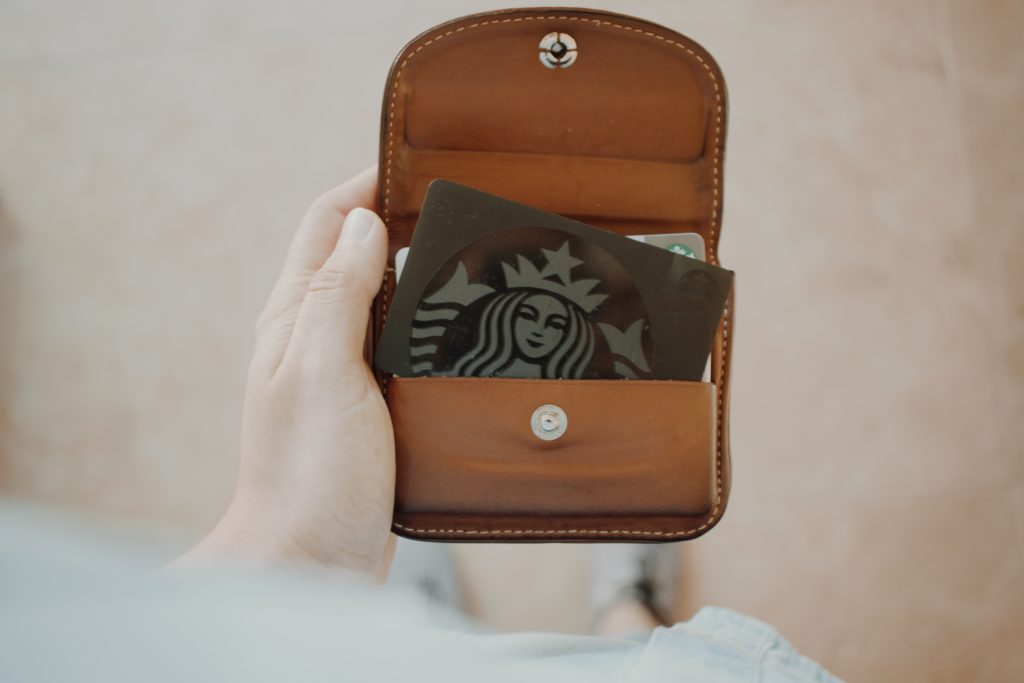
You’ve probably heard by now that many Starbucks customers are upset, if not infuriated by the brand’s change to a spend-based loyalty program. In reality, not all customers are upset — but many of those frustrated come from the 50% of customers who average less than $5 per visit. The other half of customers who spend more than $5 per visit are happy because they’ll be getting rewarded more often for their loyalty.
The new spend-based program is actually fairer than the current visit-based program. Brands run off of customer spend not visits, so they should reward their customers accordingly. Unfortunately because Starbucks initially rewarded customers on visits not spend, the brand created expectations with regular coffee drinkers who are understandably upset as their loyalty is less appreciated now.
Here’s a quick review of the changes.

It’s easy to see why the typical $3 per visit customer is upset.
Daily visitors who spend $3 every weekday will now have to spend $150 (50 visits) instead of $90 (30 visits) to reach Gold status and become eligible to receive rewards. Then they have to spend another $63 (21 visits) instead of $36 (12 visits) to even receive a reward. The program is barely worth participating in for this group of customers. Yet this is a group that could be very valuable to Starbucks as many of these customers can spend upwards of $700 per year.
Meanwhile the $7 per visit customers are excited about getting rewarded for their increased spend. They will reach Gold status after 22 visits instead of 30 and receive a reward after spending $63 (9 visits) instead of $84 (12 visits). The more they spend per visit and the more frequently they visit, the faster they will be rewarded — the exact behavior a brand wants to reward.
It’s tough to please every customer, especially when you have established a set of expectations. Starbucks realized the spend-based program rewarded their best customers better and opted to change the program by using their average ticket of $5.
Yet Starbucks’ customer model poses a challenge because many regulars prefer a standard $3 cup of coffee. They may not spend a lot each visit, but their high frequency should still be recognized more than once every 21 visits.
Starbucks could show their appreciation for low-spend, high-frequency customers by rewarding them with other privileges such as experiential benefits. The top 20% of frequent Starbucks customers visit 16 times per month. To include more customers, the brand could create a “Star Status” for customers who visit more than 12 times per month. The new status would offer experiential benefits with one of Starbucks’ partners like Spotify or The New York Times. These benefits could be ongoing for Star customers or once every 10 visits to remind customers that the brand values their business.
Only Starbucks has access to their customer data and segments, so it’s hard to speculate if the program change will be positive. They may have decided the loss of sales from low spend-high frequency customers was worth the increase in spend per visit from all customers. In the end, Starbucks’ new program is better suited to reward their best customers and the focus on more experiential rewards could help satisfy the customer group they have upset in the process.